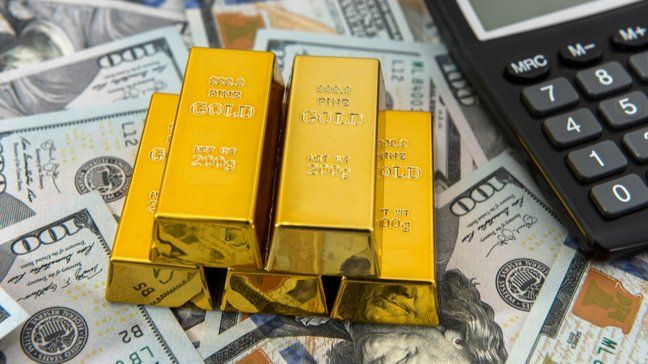In basic, financiers seeking to purchase gold straight have 3 choices: they can buy the physical asset, they can buy shares of a shared or exchange-traded fund (ETF) that duplicates the price of gold, or they can trade futures and choices in the commodities market. Typical investors, for example, might purchase gold coins, while advanced financiers implement strategies using choices on gold futures. A number of ways exist to invest in gold: purchasing the metal itself, buying gold funds, or purchasing gold alternatives. Buying gold bullion for individuals takes the form of gold bars or coins. Mutual funds and exchange-traded funds that buy the rare-earth element or shares of mining companies offer a more liquid and low-cost method to invest.
Compared to other commodities, gold is more available to the typical investor, because a person can easily buy gold bullion (the real yellow metal, in coin or bar form), from a rare-earth elements dealer or, sometimes, from a bank or brokerage. Bullion bars are available in sizes ranging from a quarter-ounce wafer to a 400-ounce brick, but coins are normally the choice for brand-new investors. Not to be puzzled with classic numismatic coins, these are new issues priced on their gold content, plus a premium. For optimum liquidity, a lot of purchasers stick to the most widely circulated gold coins, consisting of the South African Krugerrand, the American Eagle, and the Canadian Maple Leaf.
Gold coins undoubtedly require safekeepingeither a home safe or a bank safe deposit box. Make certain to insure them, too. Gold jewelry also allows the financier in gold to also experience the pleasure of wearing it. Gold is typically integrated with other valuable gems and metals to improve the total worth and look of the precious jewelry. Pieces are frequently passed down to the next generation as family heirlooms, adding sentimental value beyond that of the piece itself. Jewelry is not usually the finest alternative if it's strictly an investment, due to the fact that the list price will generally far surpass the crisis worth.

Always determine the pureness of the gold prior to buying precious jewelry, so that you don't pay for 18 karats when you are just getting a 14-karat piece. Jewelry is covered by most homeowner insurance coverage policies, which is an advantage must it be lost or taken. Although it's more feasible than, state, a barrel of oil or a cage of soybeans, owning physical gold has its hassles: transaction costs, the cost of storage, and insurance coverage. Financiers interested in a more liquid and low-priced entry into the gold market might instead think about mutual funds and exchange-traded funds that reproduce the motions of the product.
Shares trade on the New York Stock Exchange and can be bought or sold at any time throughout the trading day, similar to stock. Each share of the ETF represents one-tenth of an as soon as of gold. For example, if gold is trading near $1,300 an ounce, the gold ETF will trade for roughly $130 per share. GLD invests entirely in bullion, offering investors direct exposure to the metal's rate relocations. Other funds invest both in bullion and in shares of publicly traded business in the organization of gold mining, refining, or production. Typically, gold stocks rise and fall faster than the cost of gold itself.